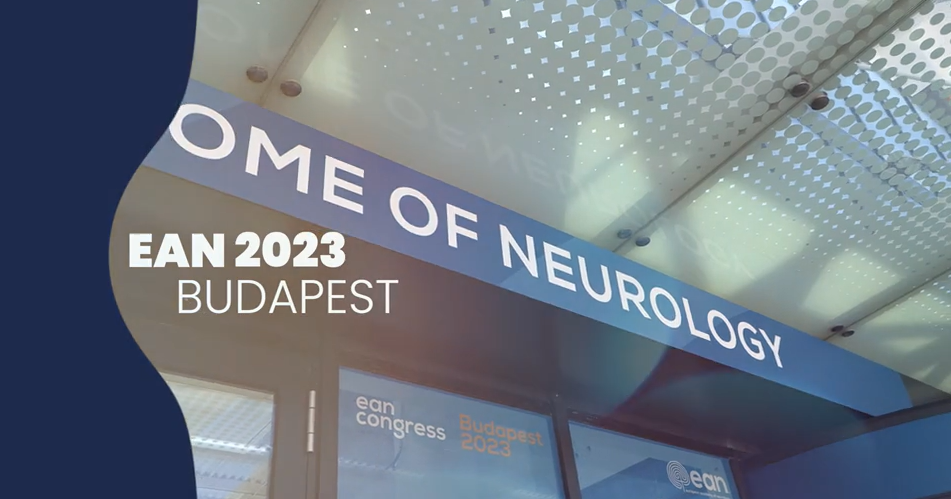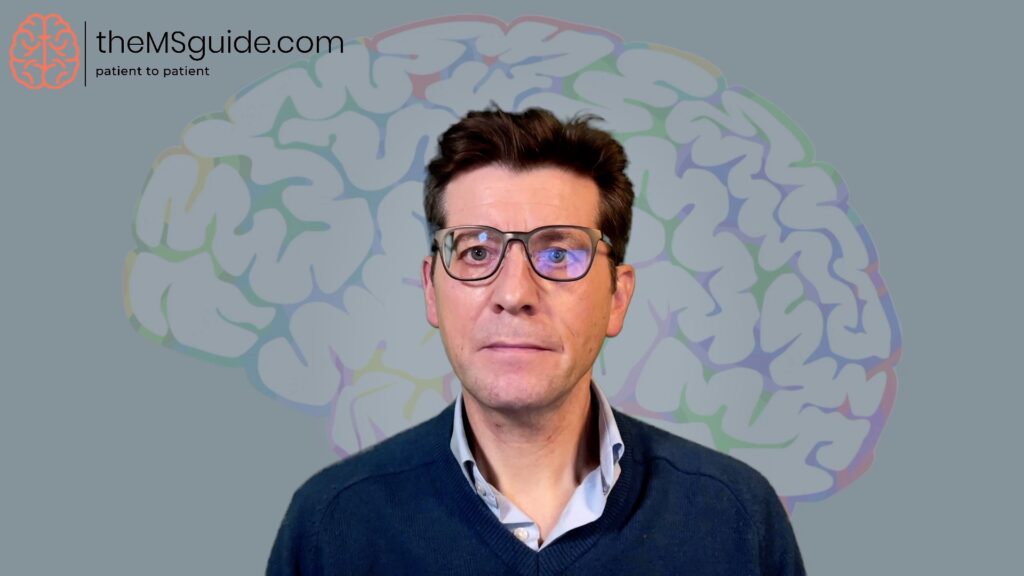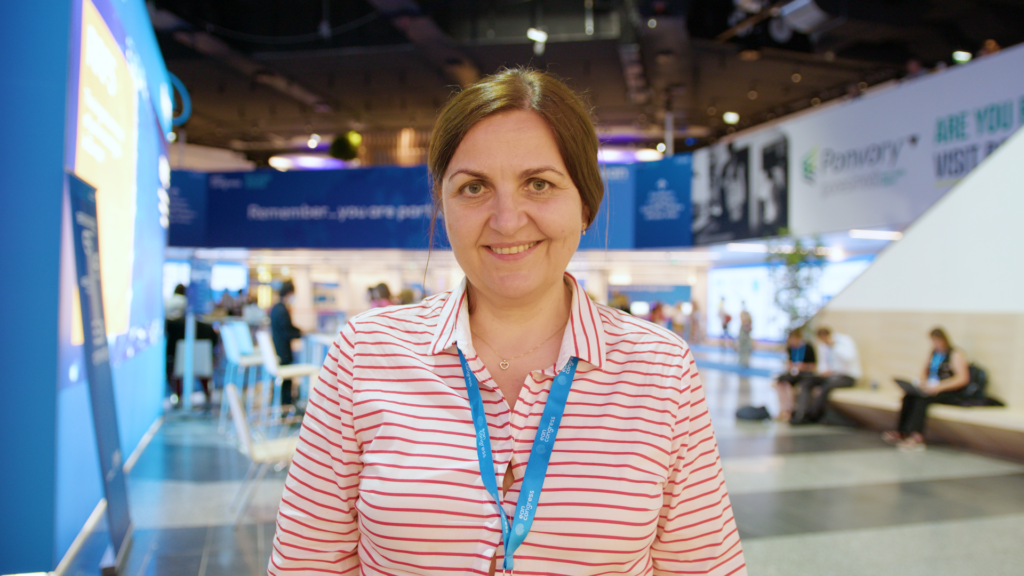At the recent 10th Congress of the European Academy of Neurology (EAN) in Helsinki (EAN2024), we were thrilled to see a wealth of groundbreaking research presented, offering new insights and advancements across all areas of neurology. From innovative treatments for neurodegenerative diseases to cutting-edge diagnostic techniques, the meeting showcased the remarkable progress being made in understanding and treating neurological disorders. We are excited to share some of the key highlights from the event, which have the potential to significantly impact patient care and improve quality of life.
Nipocalimab shows promise in phase III myasthenia gravis trial
Positive results from the phase III Vivacity-MG3 trial (NCT04951622) showed nipocalimab, combined with standard of care (SOC), achieved superiority over placebo plus SOC in treating generalized myasthenia gravis (gMG). The double-blind, placebo-controlled study enrolled 199 patients, including anti-AChR+, anti-MuSK+, and/or anti-LRP4+ subgroups, which represent 95% of the gMG population. The primary endpoint was a mean improvement in the MG-ADL score from baseline over 24 weeks. Patients receiving nipocalimab plus SOC improved by 4.70 points, significantly more than the 3.25-point improvement with placebo plus SOC (p=0.002). This improvement can drastically impact daily activities, such as eating and breathing. Secondary endpoints, including muscle strength and MG-ADL response, also showed significant improvements. Safety and tolerability were consistent with previous studies, with similar adverse event rates between the treatment and placebo groups. This study marks the first FcRn blocker to demonstrate such efficacy in gMG treatment.
View the full abstract: Eur J Neurol. 2024;31(Suppl. 1):e16337. Abstract number EPR-116
Frexalimab shows strong potential in MS treatment
Frexalimad, a CD40L monoclonal antibody, demonstrated significant efficacy in reducing neurofilament light chain (NfL) levels, a biomarker of nerve cell damage, in patients with relapsing multiple sclerosis (MS). The phase II results showed a 41% reduction in NfL levels after 48 weeks in the high-dose frexalimab group, highlighting its potential as a high-efficacy, disease-modifying treatment. The study included 129 participants, with 97% entering an open-label extension and 87% remaining by week 48. Both high- and low-dose regimens, including groups switched from placebo to frexalimab, showed significant NfL reductions, supporting the drug’s consistent efficacy. These findings support the rationale for ongoing phase III studies in relapsing MS and non-relapsing secondary progressive MS, aiming to delay disability progression. The promising results position frexalimab as a potential first-in-class treatment for MS.
View the full abstract: Eur J Neurol. 2024;31(Suppl. 1):e16337. Abstract number EPR-230
Parental smoking linked to MS risk in Norway
The EnvIMS study, a case-control investigation, examines the impact of parental smoking exposure on the development of MS (Ferri et al. EAN 2024; OPR-039). The study included patients from Norway (n=2,674), Canada (n=1,565), and Italy (n=2,040). Maternal smoking during pregnancy (odds ratio 1.38) and past exposure to maternal second-hand smoke (odds ratio 1.39) were linked to an increased risk of MS in Norway. However, these associations were not observed in Canada and Italy. Additionally, past exposure to paternal second-hand smoke did not show a significant association with MS in any of the countries studied.
View the full abstract: Eur J Neurol. 2024;31(Suppl. 1):e16337. Abstract number OPR-039
Pridopidine shows promise for ALS and Huntington’s disease
Promising trial data on the oral sigma-1 receptor (S1R) activator pridopidine, evaluated in patients with amyotrophic lateral sclerosis (ALS) and Huntington’s disease, was presented.
In the phase II Healey ALS platform trial (NCT04297683), pridopidine demonstrated significant benefits for patients with definite, probable and early ALS. The trial, designed to accelerate ALS drug approval, showed a 32% slowing in disease progression and a 62% reduction in respiratory decline after 24 weeks. Additionally, pridopidine improved survival probability to 85% versus 50% with placebo and doubled survival time. However, primary and secondary analyses in the total ALS population showed no significant benefits.
In Huntington’s disease, a subgroup analysis of the phase III PROOF-HD trial (NCT04556656) revealed that pridopidine provided sustained benefits in clinical progression and cognition. Patients not receiving anti-dopaminergic medication showed significant improvements in the composite Unified Huntington’s Disease Rating Scale (cUHDRS) and Stroop Word Reading (SWR) test scores up to 78 weeks. Pridopidine also improved Q-Motor measures and preserved quality-of-life indicators throughout the trial period.
These findings underscore pridopidine’s potential as a disease-modifying treatment for both ALS and Huntington’s disease.
View the full ALS abstract: Eur J Neurol. 2024;31(Suppl. 1):e16337. Abstract number EPR-137
View the full Huntington’s disease abstract: Eur J Neurol. 2024;31(Suppl. 1):e16337. Abstract number EPR-080
New study links nightmares to dementia risk
Pioneering research from Imperial College London has found a significant association between frequent distressing dreams and increased risks of cognitive decline and dementia in middle-aged and older adults. The study revealed that middle-aged adults experiencing weekly distressing dreams had a 4-fold risk of cognitive decline, while older adults faced a 2-fold risk of developing dementia.
The study analysed data from the Midlife in the United States (MIDUS) study and the Osteoporotic Fractures in Men Study (MrOS) and the Study of Osteoporotic Fractures (SOF), involving 2,600 older adults. Dr Abidemi Otaiku, the lead author, emphasized the importance of not underestimating the frequency of distressing dreams in healthy individuals. Factors such as stress, anxiety, depression and even genetics can trigger these dreams, which should be communicated to and evaluated by physicians.
View the abstract: Eur J Neurol. 2024;31(Suppl. 1):e16337. Abstract number OPR-001
Disclosure: This article was created by the touchNEUROLOGY team utilizing AI as an editorial tool (ChatGPT (GPT-4o) [Large language model]. https://chat.openai.com/chat.) The content was developed and edited by human editors. No funding was received in the publication of this article.











